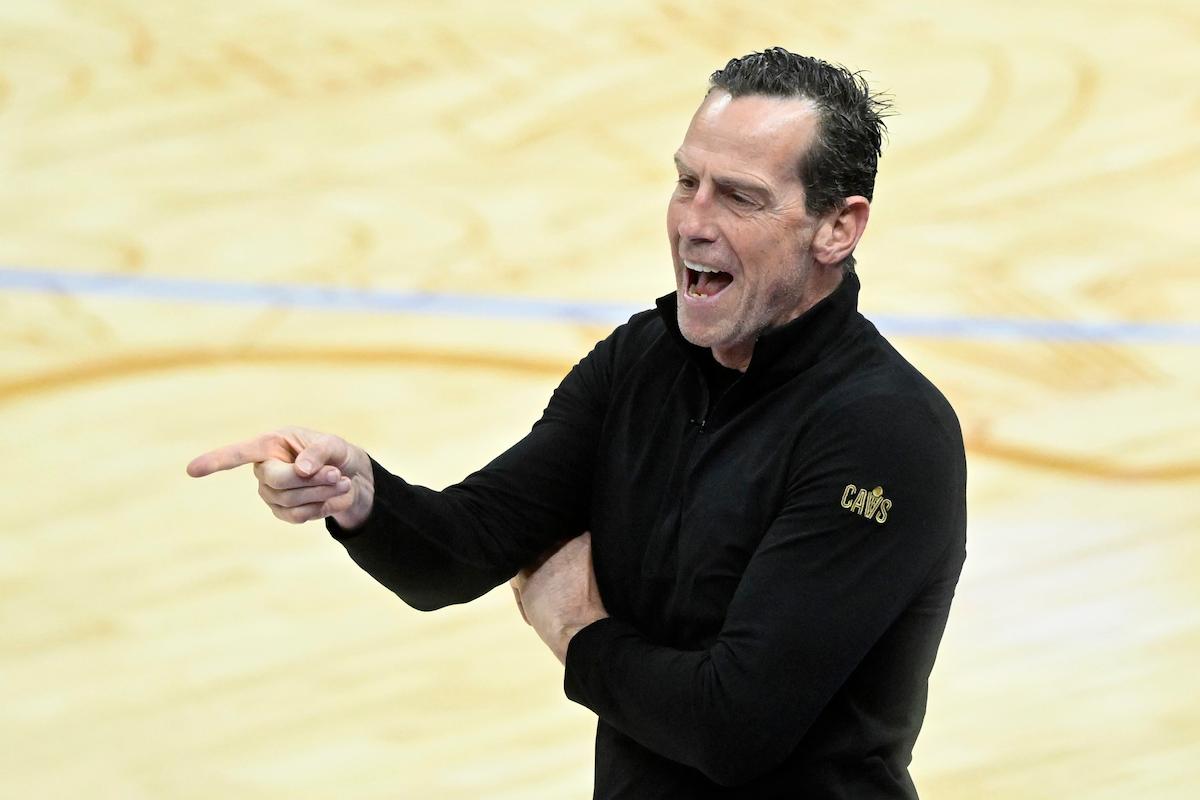Most pop music or modern rock is pretty standard: the same time signature, the same chord progressions, a formulaic way of constructing music. Improvisational jazz is, by its very nature, breaks down those formulas and creates its own rules for existing. While traditional musicians master simple techniques and memorize their progressions, jazz musicians have the ultimate respect. Their innovative, funky flair creates a unique listening experience that lets each piece shine while appearing so simple.
Moving from the Eastern Conference Finals to the NBA Finals is like going from being a rock-and-roll musician to a masterclass in jazz jamming. No disrespect to the Miami Heat, Milwaukee Bucks or Brooklyn Nets, but their offenses can become a tad formulaic. The Celtics honed in on superstars, took advantage of traditional spacing methods and let their great individual and strong defenders take over. In essence, they memorized the patterns to defensive rotations at the highest level and executed to perfection.
Graduating to the Warriors means preparing for a whole new type of test. Golden State’s improvisational offense tests the defensive IQ, discipline, and focus of their enemies. In a best-of-seven series, the Warriors find ways to adjust or to figure out which pressure points in their attack to hit — in essence, which instrument to let take the lead. The combination of Draymond Green, Stephen Curry, Klay Thompson and Jordan Poole give the team four musicians that riff off each other perfectly and are all masters of their own craft.
And all those pieces thrive most in transition.
The Dubs are really, really good in the open floor. They have elite shooting, athleticism on the wings, tons of smart passers and a stout defense that fuels their go-go mentality. Everything about this type of play is what makes them so damn difficult to guard, from the great defense to the quick outlets and use of the 3-point line:
The key to Golden State’s transition offense most of the time is Draymond Green. A handling big man with perhaps the highest basketball IQ in the game, Green relishes any opportunity to push tempo. He’s a good enough finisher to command respect attacking the hoop, but his end game is clear: get his teammates open shots at the rim or from 3.
When sprinting back in transition, most teams have the same priorities: get to the rim to prevent layups first, stop the ball and steer it to a side second, then scramble around to find shooters on the 3-point line third. As we teach it with our program, “rim, ball, man.”
The Warriors turn that on its head. Stephen Curry and Klay Thompson are such elite shooting threats, particularly in transition, that the first priority of protecting the rim can go out the window. Draymond understands that and uses the threat of their shot to get open layups for everyone else.
Here’s the trouble: everyone else on the Warriors understands that gravity, too. Curry and Thompson will screen for each other and others, run strategically to spots that attract multiple defenders and constantly make the unselfish play. In their last NBA Finals appearance back in 2019, Curry caused havoc as an impromptu screener in the open floor, and it led to wide open layups or dunks:
Warriors creating transition looks themselves. Steph backscreens Siakam, VanVleet doesn’t switch to Livingston, great feed by Draymond. Late rotation help pic.twitter.com/TjIG9UyrM7
— Shane Young (@YoungNBA) June 3, 2019
Curry screening for his teammates is hard to guard, but what Curry and Klay are great at is running in unpredictable patterns and not just jolting up the wing. As they cross the floor or move around, the rest of the Warriors find ways to seek out screens to spring those shooters open.
More times than not, two defenders stick with the shooting threat, leaving a screener open to slip his way to the rim. The Celtics, in particular, need to be aware of this threat, as their switching defense (especially on the fly) lends itself to miscommunication and slips like this one:
The Warriors find ways to make transition out of plays where it isn’t there. Extra pressure in the backcourt on Curry and Thompson, just to take them out of plays and guard them for 94 feet, creates a wider playground for Draymond to play on. All it takes is one head of steam to get downhill and he’s going to create open shots for a teammate somewhere.
This one play sums up the Golden State Warriors.
• Curry’s gravity = Barnes helps to prevent him from getting the ball
• Draymond sees it = reacts *immediately*
• Poole gets it, great pass
• 3vs2 in transition = open corner 3Warriors Basketball.pic.twitter.com/cMcI9WXoiK
— NBEinstein (@NBEinstein) November 22, 2021
Transition defense has a symbiotic relationship with shot selection. Poor shots, quick looks or a lack of floor balance get burned by the Warriors. Long shots have long rebounds, and the Celtics’ frequent usage of the 3-pointer can cause big bounces off the rim when they miss. If Golden State controls those misses, they can get off to the races.
Here’s the thing with the Warriors, though: once all ten players get back, they don’t slow down and set up a traditional offense. They don’t run ball screen attacks, and they keep the ball moving. Those first screens set for Curry or Thompson in transition certainly aren’t the last ones. The ball moves around, finds Draymond atop the key, and shortly thereafter someone is open for a dunk or a three-pointer, as the shooting gravity is so hard to stop.
BREAKDOWN
The Mavs were shellshocked trying to adjust from a PnR-based attack to a motion scheme. The Warriors’ movement — cuts, down-screens, etc. — threw the Mavs around for a loop, particularly when 2nd-side action was involved to preoccupy potential help defenders. pic.twitter.com/WY6SIcm9KJ
— Joe Viray (@JoeVirayNBA) May 20, 2022
These NBA Finals may be won or lost in the open floor. Game 7 against the Heat saw Miami really crawl back into the game through transition, especially in the second half. Ime Udoka has long gotten on the Celtics for complaining about no-calls with the referees and not getting back. Without a great amount of discipline to make the next play, the Celtics will find themselves disadvantaged against the greatest transition team in the league.
Golden State isn’t impossible to stop, and if the games can be played in the half-court, Boston has a chance. But the Warriors thrive in chaos, in the broken moments when nothing is orderly. They want those conventional barriers and systems to be broken.
They want this to be like jazz.






